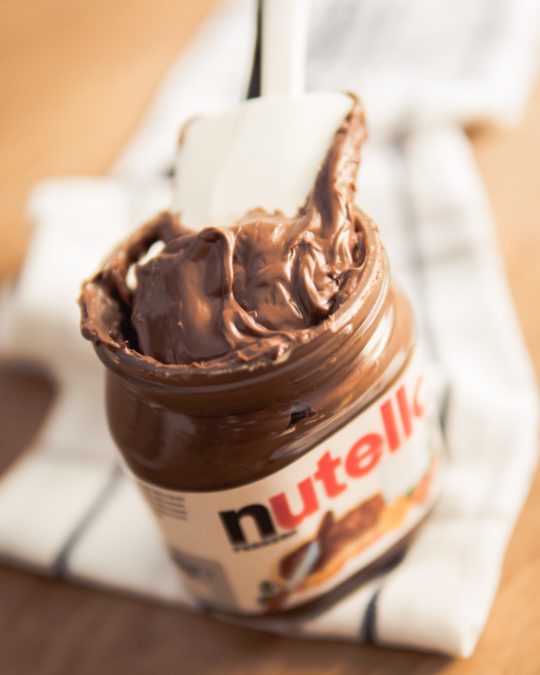
Over 6,500 tons of rigid plastic saved in the last five years and the introduction of recycled material in packaging: these are the results obtained by Ferrero thanks to the 5R strategy on packaging. The company from Alba presented its plan to reduce the use of plastic during the round table held in Milan for the presentation of the 9th report of social responsibility of the Ferrero group.
The so-called 5R strategy on packaging is also explained in more detail, based on recycling, to improve the recyclability and the content of recycled packaging, on the removal, for example, of the excess material and any element of overpackaging, on the reduction of the ‘use of materials, through the lightening and optimization of design, on re-use, with the implementation of solutions that can be reintroduced into the production cycle and reused for the same purpose for which they were designed, and on renewability, with the use of materials from renewable sources.
“For years we have been using different materials selected for their specific characteristics according to the individual product – explained Paola Avogadro, Ferrero global packaging design manager -. Out of a total use of about 430,000 tons of packaging, 40% is completely recyclable glass, 40% is paper and board from a certified supply chain, which is also completely recyclable, and the remaining 20% is plastic. We are reviewing and redesigning some packaging in order to guarantee a better circularity, but we want to do it well, starting from scientific data, analyzing the different options and experiencing the real recyclability through pilot studies conducted at recycling plants “.
The 5R strategy (reduction, removal, recycling, renewability, re-use), at the base of this process, added Avogadro, “in the last 5 years has allowed us to save over 6,500 tons of rigid plastic in the Estathè packaging, of pralines, of Nutella caps. We also introduced 90% of recycled material in packaging not in direct contact with the product – he underlined -, like the display trays, saving another 10,000 tons of virgin material in 5 years. The theme of reuse is also part of our DNA. The Nutella glass – he concluded – is the demonstration that an alternative reuse is possible and represents an important step towards a greater circularity of the packaging. We all have a collection of Nutella glasses at home. “
The new report highlights the most significant results of the group: we recall the ever-increasing number of women in managerial roles, in line with the objective of obtaining a 5% increase by 2020; the Kinder + Sport program, which has been extended to 30 countries, and involves 4 million children; the raw materials procurement strategy, for which Ferrero has globally achieved 100% supply of free-range eggs. In addition to confirming all the commitments of its corporate social responsibility strategy for 2020, Ferrero connects all the sectors of activity of the group to the United Nations sustainable development objectives (SDG), to support the achievement of SDG objectives by 2030 .
“Our passion for creating the highest quality products defines our daily activities – explains Giovanni Ferrero, executive chairman of the group -, starting from the procurement of the best raw materials. The “best” not only for the purposes of product excellence, but also with respect to strict sustainability criteria that we apply along the entire value chain together with multiple stakeholders “.
The various players in the supply chain also took part in the debate on packaging challenges: Giorgio Quagliuolo, president of Conai, the national packaging consortium, and Paolo Glerean, member of the board of the European plastic recyclers association Plastics Recyclers Europe and head of the RecyClass Platform. “Starting the virtuous re-circulation of packaging is first and foremost the responsibility of the citizen – stated Giorgio Quagliuolo -, who can do it with a simple gesture: separate collection. A gesture that, however, is only the beginning, and that alone is not enough. We need a system capable of including local authorities that activate separate waste collection in a network of correct management towards recycling and recovery. Separate waste collection must grow in qualitative and quantitative terms – he added -, more investments and treatment plants and preparation for recycling are needed, and above all we must continue to promote innovation upstream: it is in the design phase of a pack that about 80% of the impacts that a packaging will generate throughout its life cycle is defined. “



































